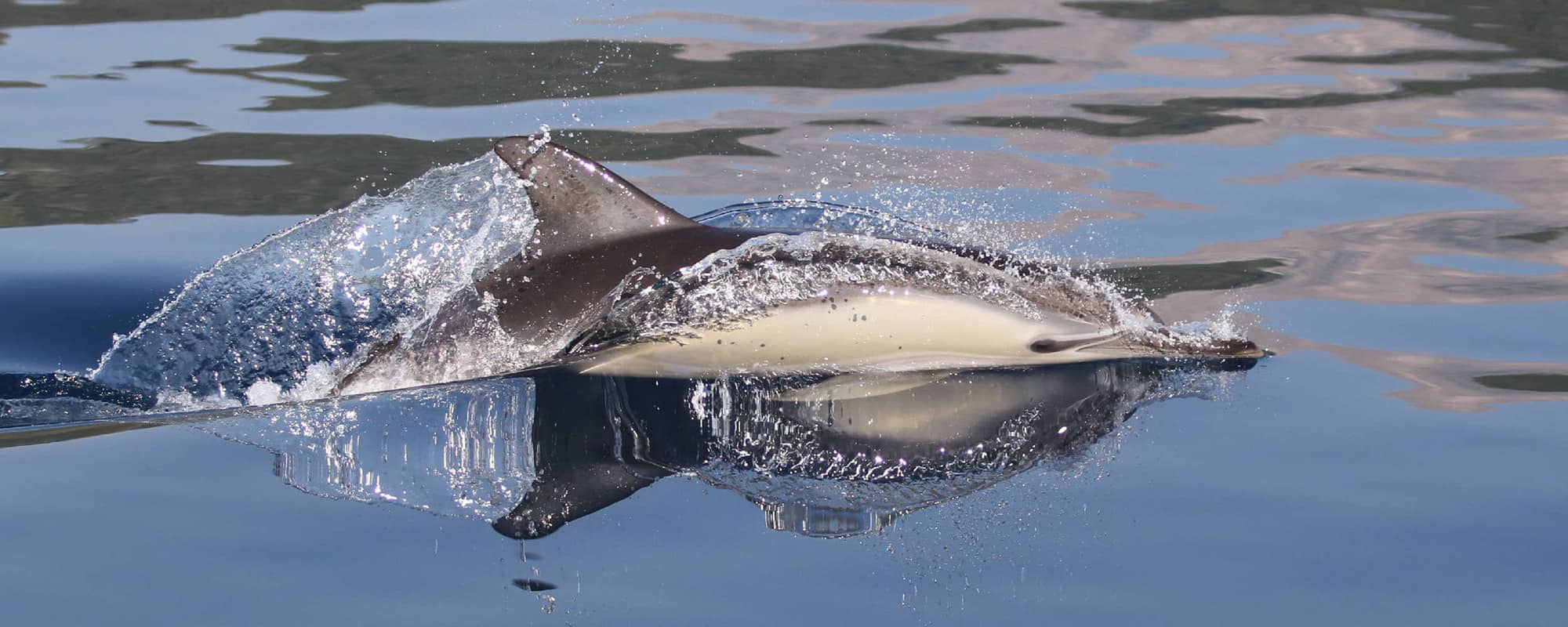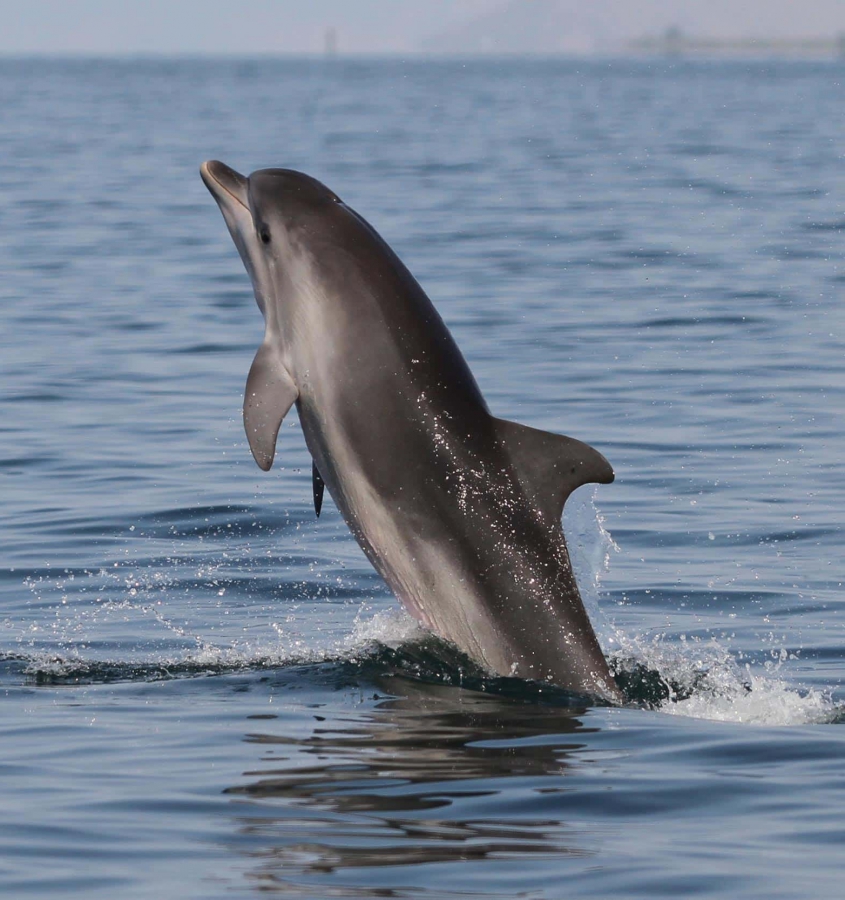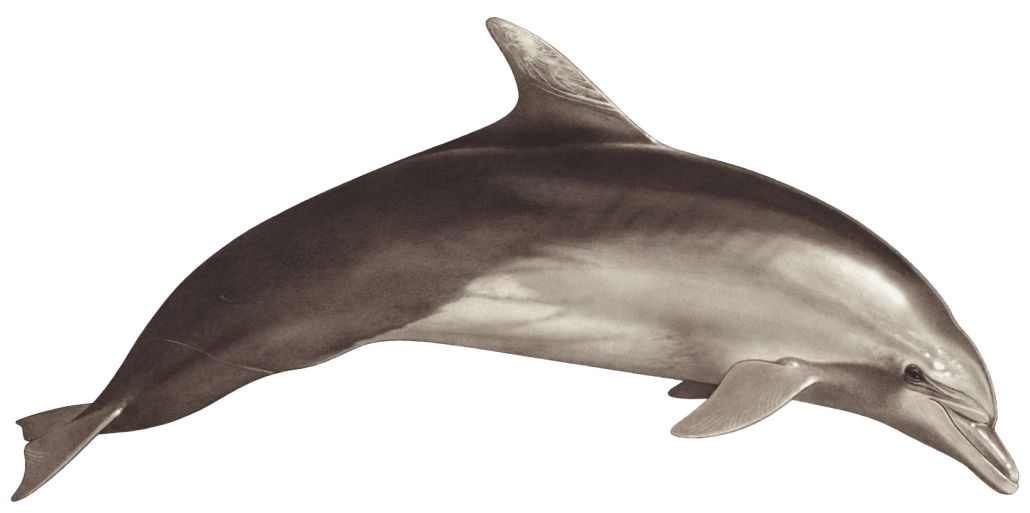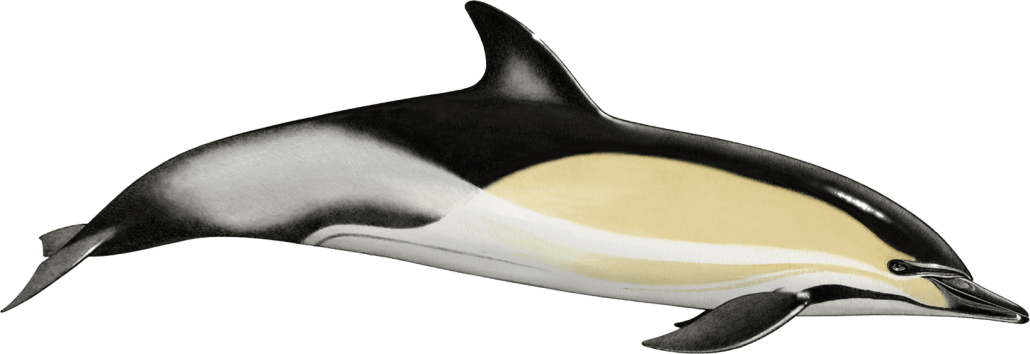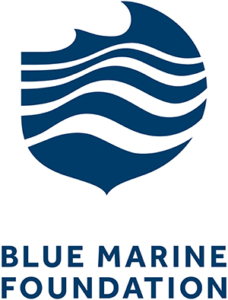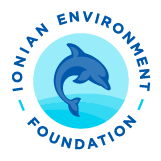Target species
Marine mammal species we focus on
Research by Ionian Dolphin Project primarily concentrates on three species: the common bottlenose dolphin, the common dolphin and the Mediterranean monk seal. These two dolphin species are regularly found in the coastal waters of the eastern Greece, while monk seals are a far less abundant and elusive species. However, these are not the only cetaceans present in Greece.

